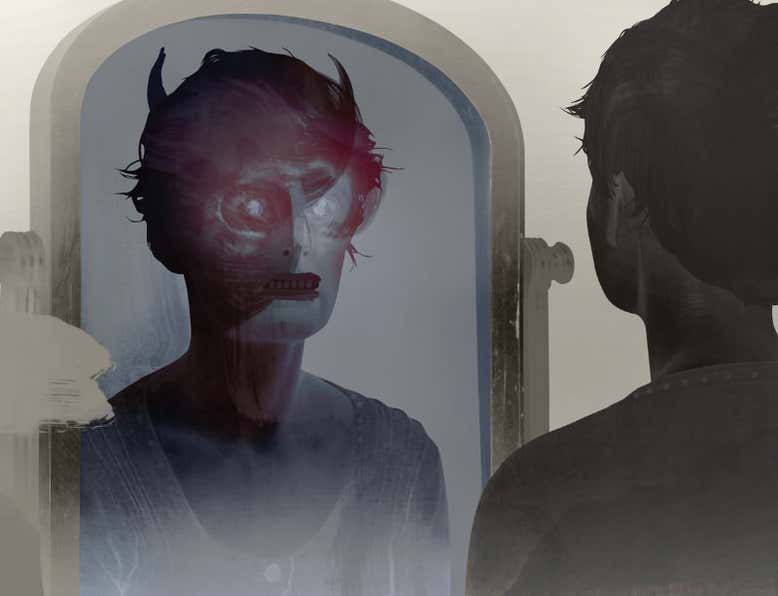Perun’s Day is a Slavic warriors holiday celebrated on the 20th of July. After praising Perun, the warriors begin to sanctify their weapons: swords, axes, knives and other weapons are placed on the shields at the shrine. Warriors’ amulets are sanctified over the sacrificial fire.
ꏍ
Eight days prior, lots are drawn (“cherty”, to determine the sacrifice, and “rezy”, to determine its quantity). A bull, a rooster, money or food can be chosen as a sacrifice. The lot can also be drawn for warriors to engage in a duel. The fighters agree among themselves on the choice of weapons or wrestling.
ꏍ
Then a ritual battle begins, dedicated to the victory of Perun over Veles (Perun defeats Veles and returns the herd of heavenly cows). At the end of the battle, the warriors carry a boat with gifts and put it on “krada” (ritual fire).
ꏍ
On this day, ceremonial initiations into warriors are held, as well as a rite at which all fallen Slavic warriors are commemorated. Ritual food: beef, game meat, chicken, porridge. Drinks: honey, red wine, beer, kvass.
ꏍ
Based on materials from the book by V. S. Kazakov “The World of Slavic Gods”, 7th edition.
ꏍ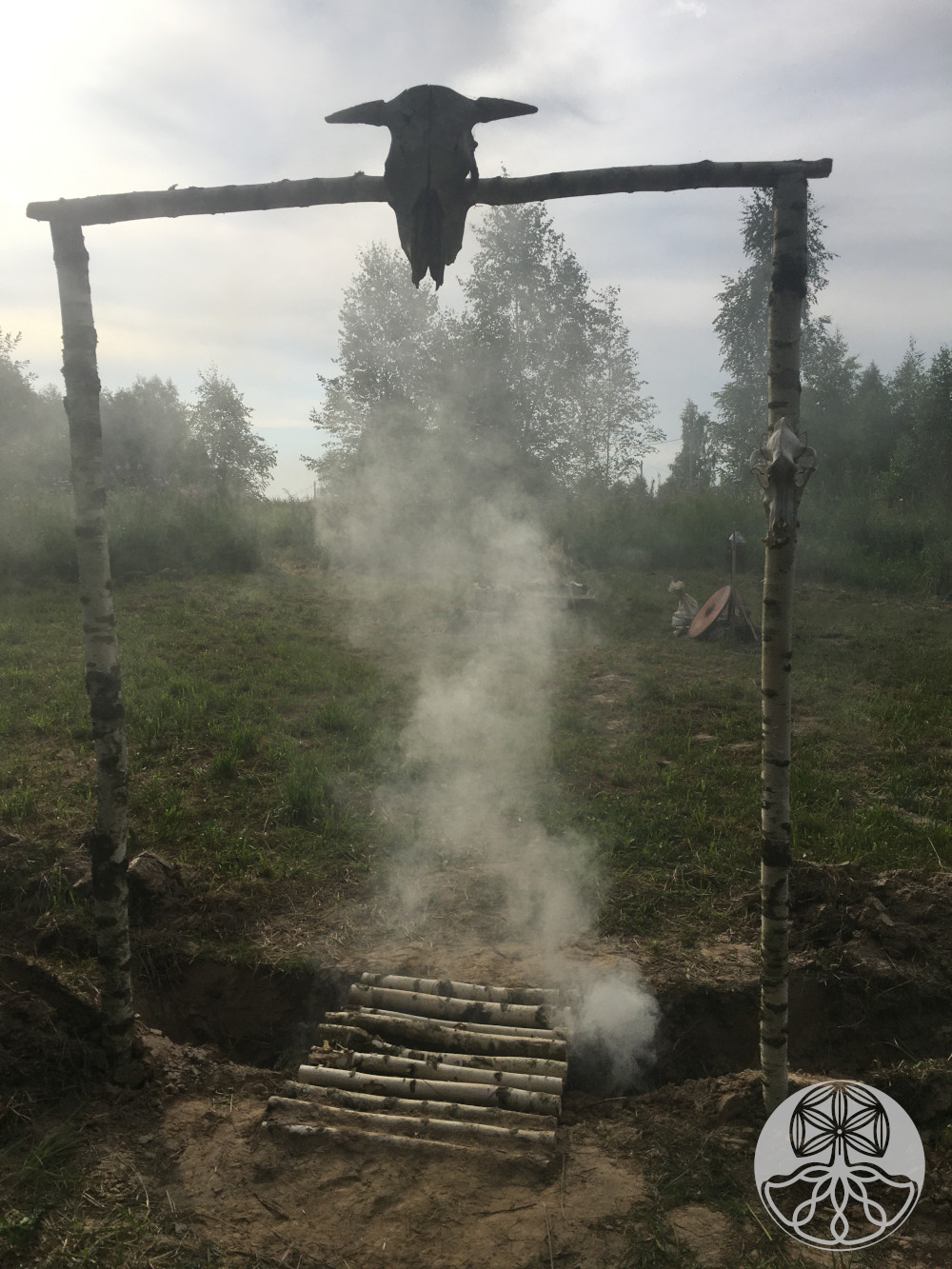
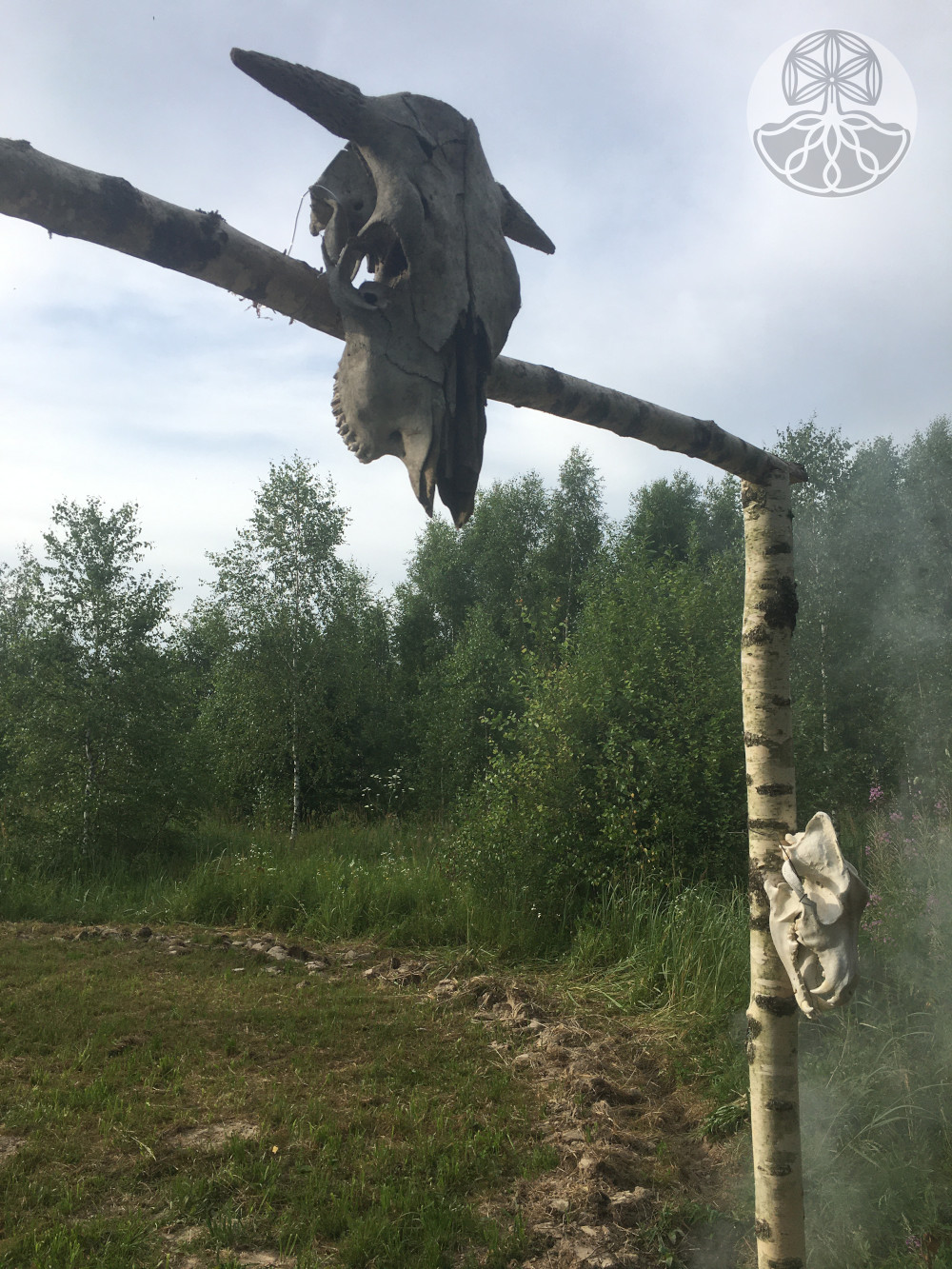
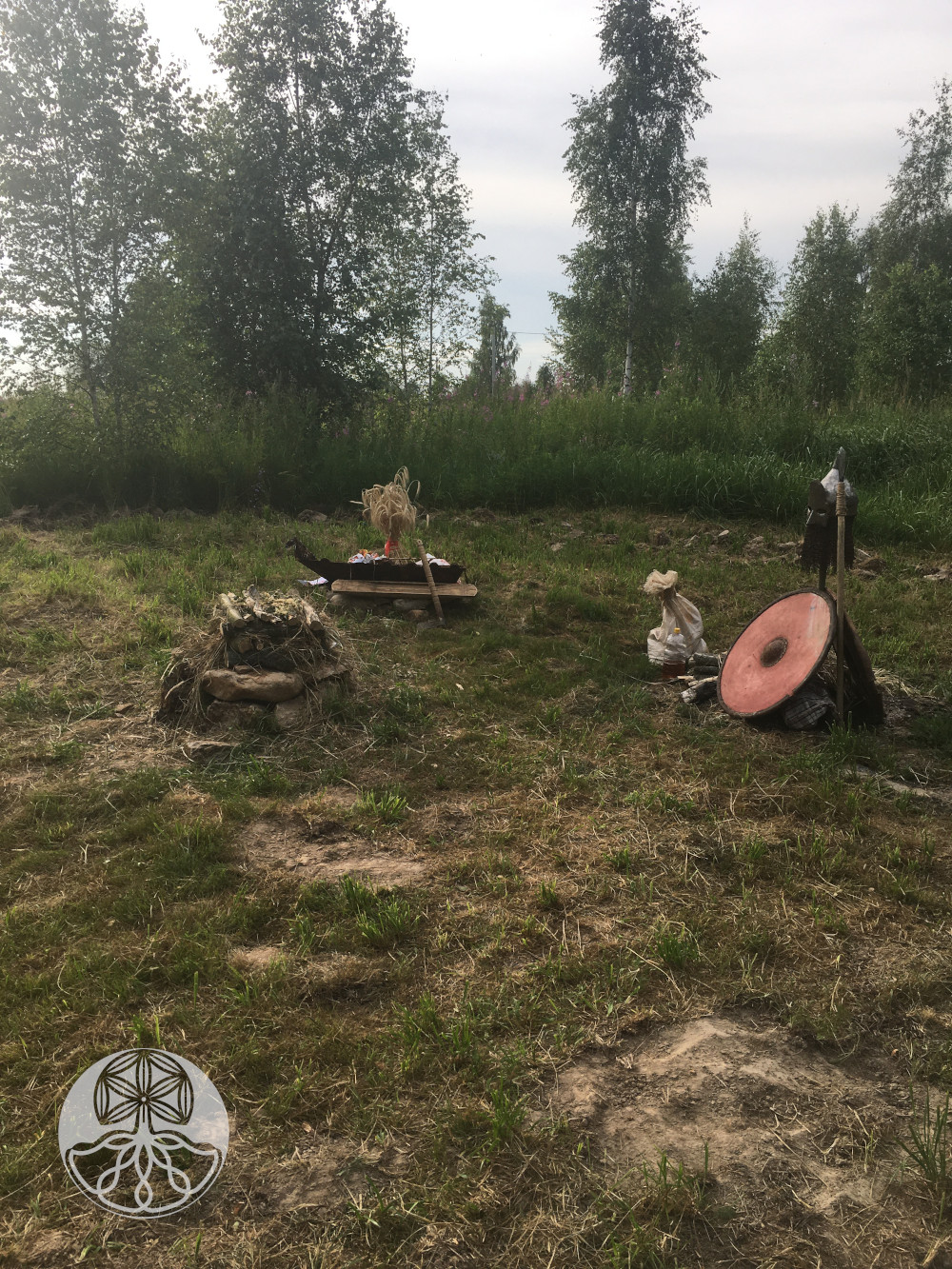
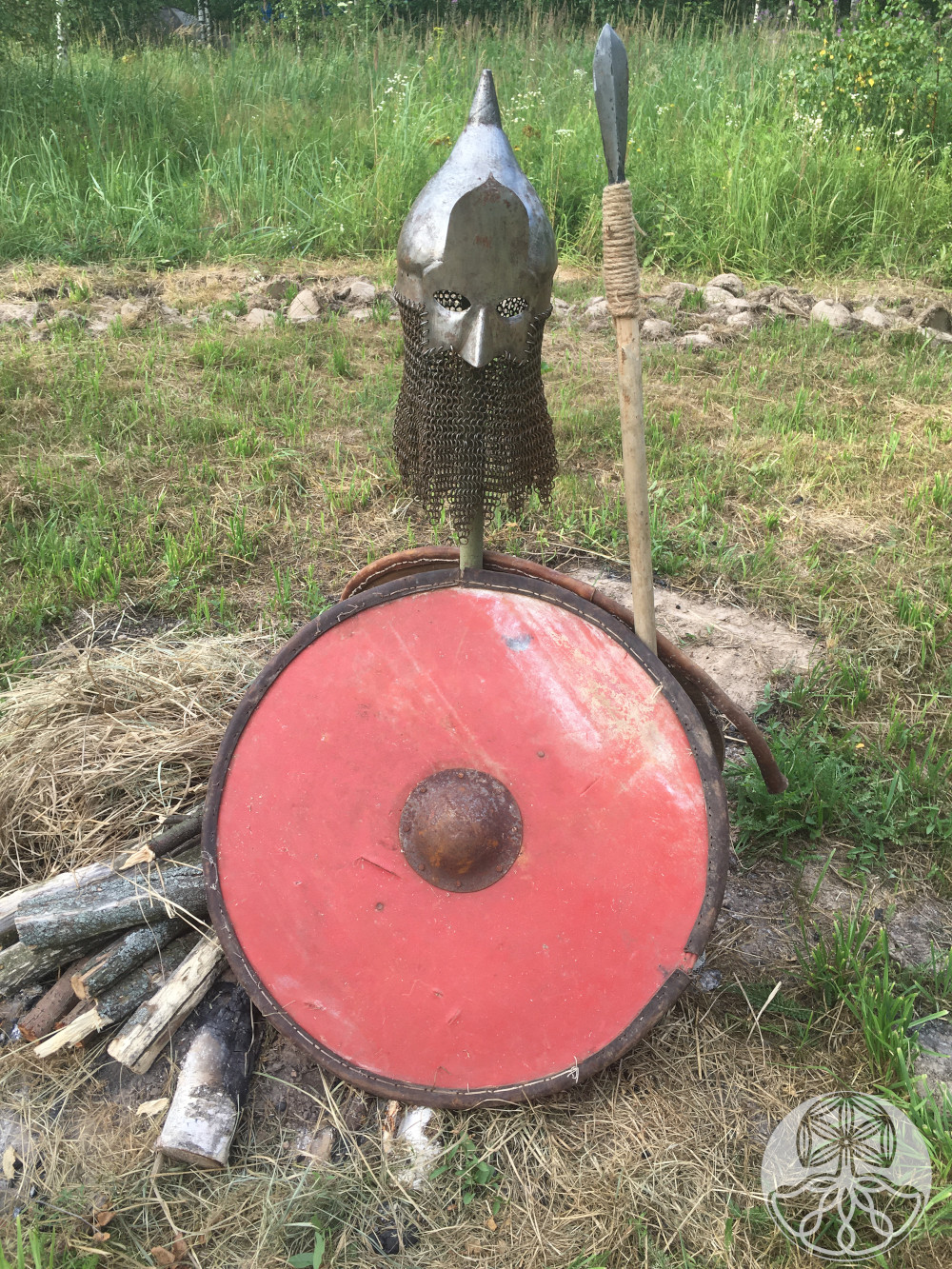
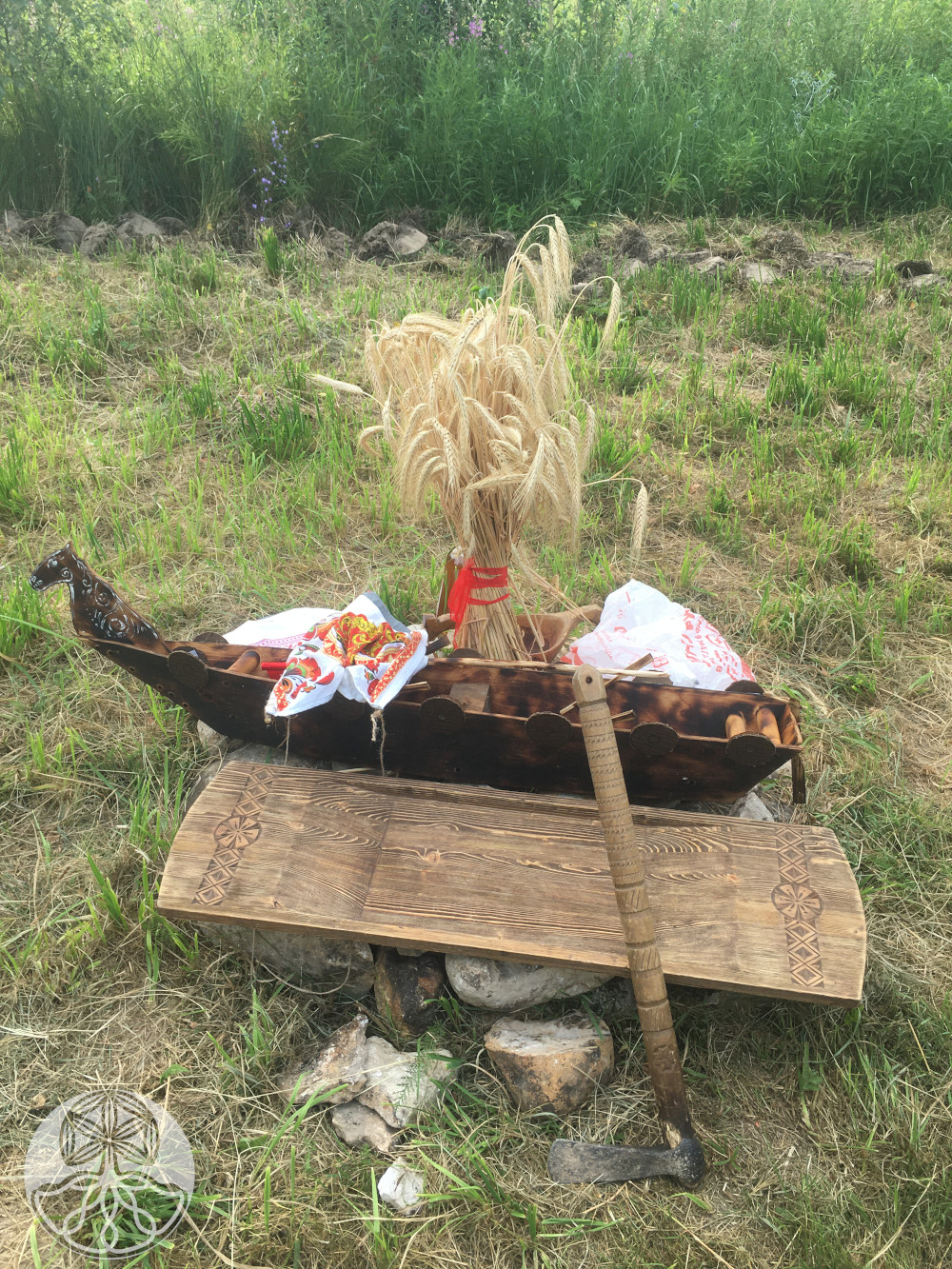
Slavic bast shoes – Lapti
Bast shoes (lapti) were known mainly among the Eastern Slavs. They have been used in a variety of ceremonies and rituals. Water from bast shoes was given to a woman in labor to facilitate childbirth. Before the wedding in the southern Russian regions, the groom personally wove holiday bast shoes for his chosen one. Bast shoes could be a wedding gift to the bride or a gift to a girl in matchmaking (if she accepted them, this was a sign of agreement).
ꏍ
Bast shoes woven in a special way were put on the dead. Slavs believed that these shoes protect from evil spirits and prevent deceased from turning into a vampire. Even when Slavs no longer wore bast shoes in everyday life, they still preferred to put them on the deceased, instead of boots – because boots had “a lot of iron”, which would make it hard for a deceased to walk in the “other world”.
ꏍ
Ukrainians and Belarusians destroyed old bast shoes in Kupala bonfires along with other old utensils. And in the Bryansk region, on Kupala night, people hung bast shoes on a high pole and burned the entire structure while singing Kupala songs.
ꏍ
Do you see bast shoes are being used in our time anywhere outside of the museums?
ꏍ
To be continued…
ꏍ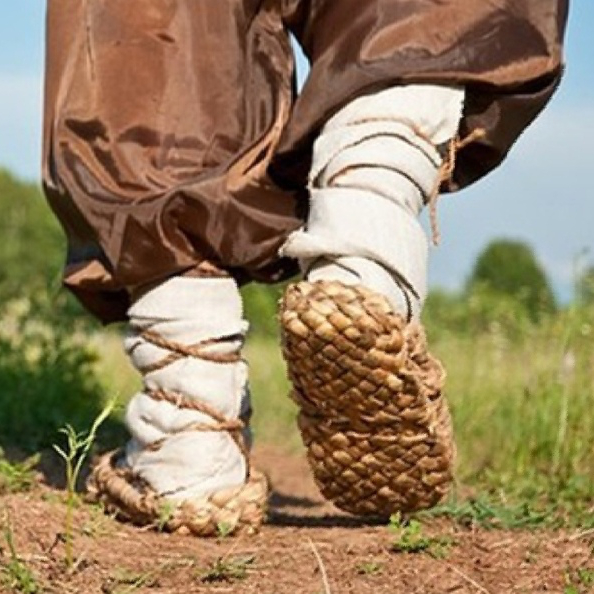
The life of a Dvoedushnik after death
The second soul does not die after the Dvoedushnik death, and the second heart does not decay and continues to live. Western Ukrainians and Poles believed that after death Dvoedushnik becomes a vampire, who wanders at night and drinks the blood of people and cattle. And from the drunken blood, the impure soul of a Dvoedushnik gains strength and materializes. They also believed that sometimes after death Dvoedushnik becomes Vetrennik – an atmospheric demon that takes water, delays the rains, turns them into storms and sends them to the fields. Poles also believed that Dvoedushnik could become Topielec – a water demon who drowns people.
ꏍ
To stop the atrocities of the “undead” Dvoedushnik, it was necessary to dig a grave, chop off his head, turn the body around with the feet where the head was, or turn him face down, and pierce his heart with a linden, aspen or hawthorn stick.
ꏍ
What other vampire-like creatures do you know?
ꏍ
More interesting facts can be found in: “Slavic Antiquities” – encyclopedic dictionary in 5 volumes by Institute for Slavic Studies of the Russian Academy of Sciences.
ꏍ
Illustration: Lucas Staniec https://www.artstation.com/lucasst
ꏍ
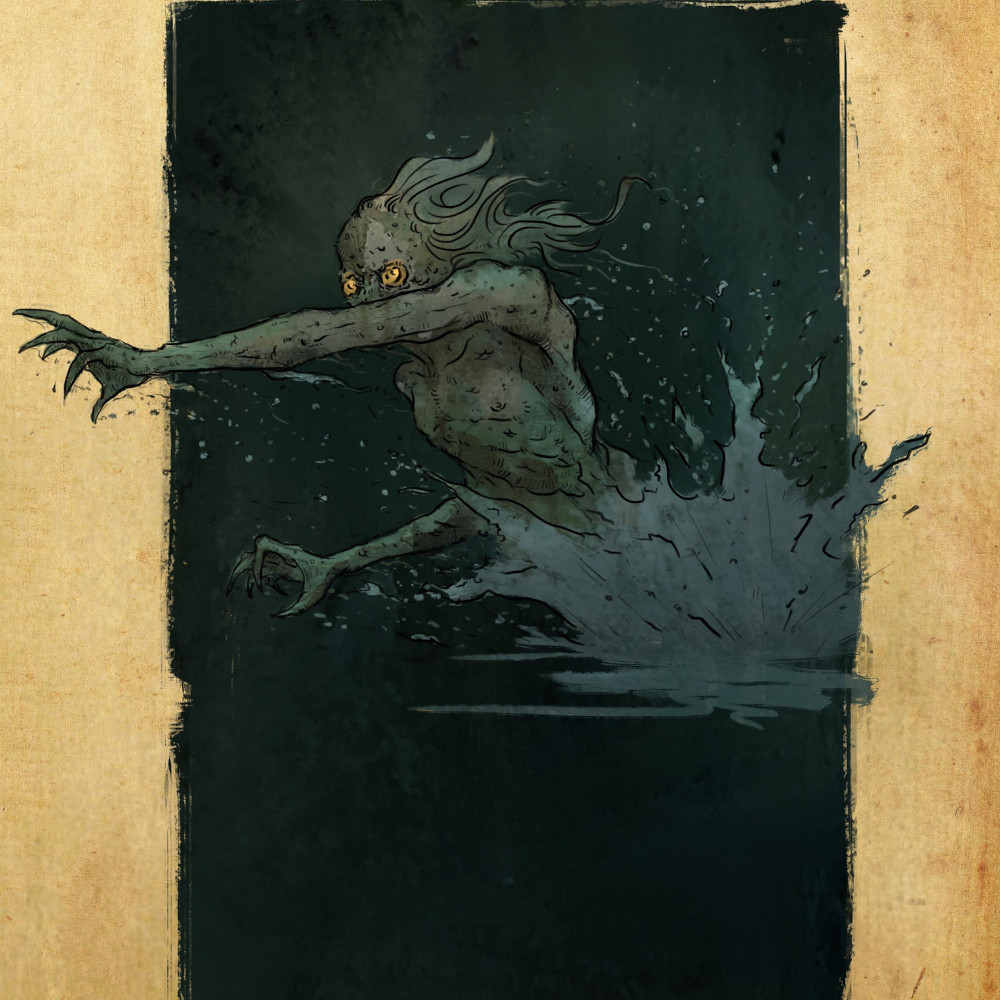
While Dvoedushnik is asleep
The second soul of a Dvoedushnik is able to separate from the body during the sleep, and “live an independent life” – mostly to harm people, as the Slavs of Poland and the Carpathian region believed. It could strangle sleeping people (if it took a form of Zmora), take away people’s health or life (vampire, Bosorkun, Opyr/Nochnik), steal milk from other people’s cows (Bosorkanya), turn into a wolf and attack people (Volkolak-werewolf).
ꏍ
While the soul is wandering around the world, it is impossible to wake up Dvoedushnik. The soul leaves and returns to the body through the mouth in a form of a fly, mouse, etc. And if you change the position of the sleeping person, for example, turn his head to the place where the legs were, then the soul will not be able to return, and Dvoedushnik will die. During the day, his behavior is no different from that of ordinary people, and Dvoedushnik does not remember anything about the “adventures” of the second soul while he was asleep.
ꏍ
Do you think Dvoedushnik more deserves pity or condemnation?
ꏍ
To be continued…
ꏍ
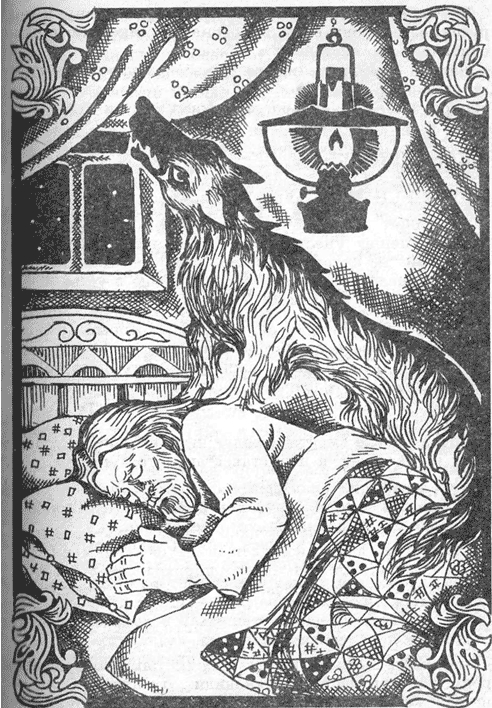
Dvoedushnik – a person with two souls
Dvoedushnik (literally “a person with two souls”) – this is how in Poland and Western Ukraine people called a person born with two souls (or two hearts) – human and demonic. And therefore, it was believed that they have demonic attributes. Evil entities like Vampire, Zmora, Volkolak (werewolf), Bosorkanya, Topielnik, and a person with an “evil eye” – all come to existence from a Dvoedushnik. They could be recognized from ordinary people by few distinctive signs: they are born with teeth, they talk to themselves, there have two curls of hair on the top of their heads. Also, the Poles believed that they were sleepwalkers walking on rooftops in their sleep.
ꏍ
While Dvoedushnik is asleep, his second soul leaves the body to harm people. Moreover, this does not depend on the personal will of the Dvoedushnik, as he is forced to do so at a certain moment, otherwise he will die. The demonic soul of the Dvoedushnik can take a form of a human or of a dog, cat, snake, bat, even a wheel or a fireplace poker.
ꏍ
I wonder how a wheel or a fireplace poker can harm a person on their own? 😉
ꏍ
To be continued…
Pic: Darren Hopes
ꏍ